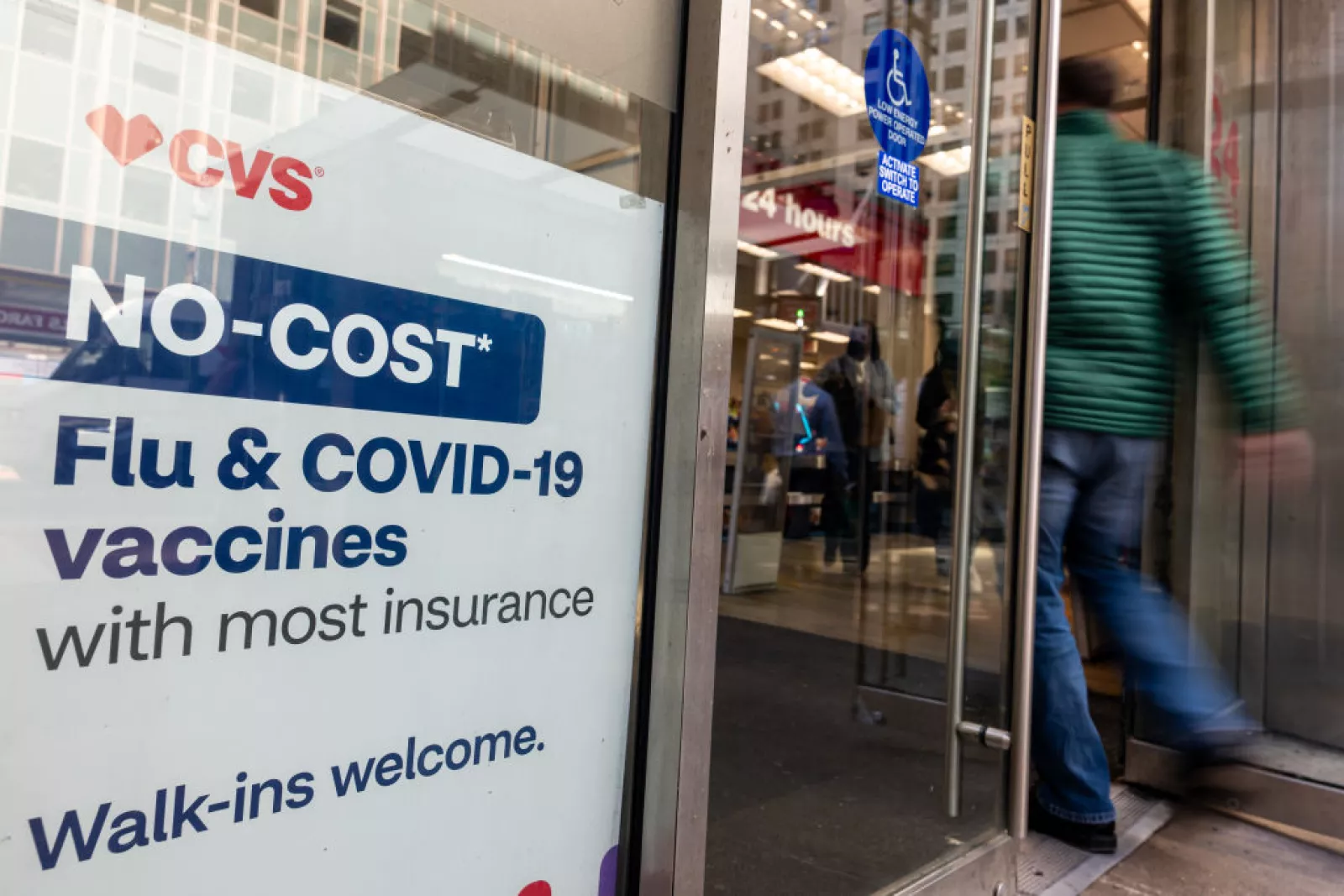WASHINGTON, D.C. / STATE CAPITOLS — This fall, vaccine access in the United States may increasingly depend on where you live. With federal agencies reshaping how they regulate COVID-19 vaccines — and limiting eligibility for the latest shots — states are stepping in to create their own policies, coalitions, and guidance systems.
States Step Into the Void
In recent weeks, several states have taken action to preserve or expand vaccine access:
-
New York declared a statewide disaster emergency to ensure COVID-19 vaccines remain available.
Also Read
-
Massachusetts passed requirements for insurers to cover state-recommended vaccines, not just those recommended by federal agencies.
-
New Mexico issued an order to guarantee pharmacists can continue administering COVID shots.
Meanwhile, four West Coast states — Oregon, Washington, California, and Hawaii — launched the West Coast Health Alliance to coordinate scientific review and vaccine recommendations across the region. Leaders in the Northeast are considering a similar coalition.
These moves follow sweeping changes at the federal level, including budget cuts, staff shake-ups, and the removal of experts from vaccine advisory committees.
A Tipping Point: FDA Limits Eligibility
The immediate trigger for state action came when the Food and Drug Administration (FDA) limited fall COVID-19 booster eligibility to adults 65 and older or those with underlying health conditions. Healthy adults and children who want the shot must now obtain a prescription outside federal recommendations.
“That’s what kicked off conversations with the three governors [in California, Oregon, and Washington],” said Dennis Worsham, Washington State health secretary. “How are we going to provide the most accurate information, based on science and evidence, for our states?”
Federal Shakeups Raise Alarm
Worsham and others say the FDA’s move is part of a broader erosion of trusted federal public health infrastructure. Among their concerns:
-
Staff and budget cuts at the Centers for Disease Control and Prevention (CDC) and other agencies.
-
The firing of prominent doctors from vaccine advisory committees.
-
The resignation of top CDC leaders.
-
The replacement of the CDC’s vaccine advisory panel members with individuals tied to anti-vaccine activism, including Health and Human Services Secretary Robert F. Kennedy Jr.
“We’re in a royal muddle,” said Dr. Jeffrey Koplan, former CDC director. “That body had been an incredible group of experts. To replace them with people who are not experts is terrible.”
States Building Their Own Guidance Systems
In response, state health officials are diversifying their sources of medical authority. While still referencing the CDC’s Advisory Committee on Immunization Practices (ACIP), states are now also drawing from:
-
The American Academy of Pediatrics
-
The American College of Obstetricians and Gynecologists
-
The Vaccine Integrity Project, launched at the University of Minnesota with support from former CDC leaders
“We’re not removing ACIP as a source,” said Gina DeBlassie, cabinet secretary for the New Mexico Department of Health. “But we’re going to include other medical organizations to ensure our decisions are evidence-based.”
California’s Dr. Erica Pan, state public health officer, added: “Vaccines are one of the most important public health interventions in our lifetimes. We want to make sure we continue to protect our communities.”
Federal Delays Ripple Through States
The CDC’s ACIP has not yet issued updated recommendations for fall COVID vaccines, leaving states in limbo. Because many state vaccine laws are tied directly to ACIP guidance, the delay has caused confusion.
That includes laws governing:
-
School entry requirements
-
Health worker vaccination protocols
-
Pharmacists’ ability to administer vaccines
“This is the first time since the COVID vaccine became available that there’s any question about whether pharmacists can prescribe it,” said Kyle Robb, policy director at the American Society of Health-System Pharmacists.
New Mexico Acts Quickly
Faced with these uncertainties, New Mexico issued a public health order ensuring pharmacies can distribute COVID shots without interruption.
“New Mexico can’t wait,” DeBlassie said. “We’re removing barriers to make sure access continues. Vaccines will arrive this month, and we want them available to anyone who needs them.”
Demand remains highest among people over 65, but state leaders say younger high-risk populations — and caregivers — must not be left behind.
Political Divides Emerge
While Democratic-led states push to preserve or expand vaccine access, Republican-led states are moving in the opposite direction.
At a September 3 press conference, Florida Surgeon General Dr. Joseph Ladapo called COVID vaccines “poison” and equated mandates to slavery. He announced plans to dismantle vaccine requirements across Florida.
“Who am I as a man standing here now to tell you what you should put in your body?” Ladapo said. His office did not respond to media inquiries.
The contrast highlights widening regional divides in public health policy, once largely unified under federal coordination.
The Cost of Confusion
Experts warn that the patchwork approach could leave Americans uncertain about their options.
“As we navigate this changing landscape, talk to your provider, get your information from a trusted source, and make sure you understand where to go and what your insurance covers,” advised Dr. Susan Kansagra, chief medical officer at the Association of State and Territorial Health Officials.
The CDC’s revamped advisory committee is expected to meet later this month to issue recommendations for COVID, Hepatitis B, and other vaccines. But with federal credibility shaken, many states say they’ll be making their own calls regardless.
What’s at Stake
For public health leaders, the stakes are high. A reliable national vaccine strategy once ensured consistent access across states. Now, that consistency is breaking down.
-
Supporters of state-led action say local governments are stepping in where federal institutions have faltered, safeguarding science-based decision-making.
-
Critics fear the result will be fragmentation, inequity, and public confusion — with vaccine access hinging on political geography rather than medical consensus.
“I’m sad that we’re in a place where we have to do this,” said Dr. Pan in California. “But our communities can’t wait.”












